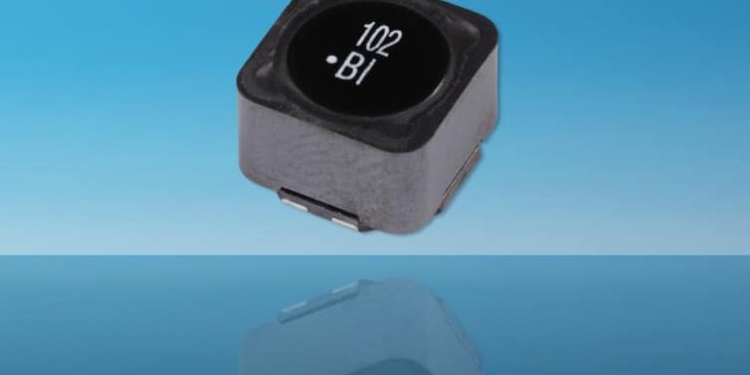source: TT Electronics
Woking, UK, 29 June 2017 – TT Electronics, a global provider of engineered electronics for performance critical applications, today launched the HA78D series of coupled inductors for use in DC/DC converter applications. With their high temperature rating and AECQ200 certification, they are ‘automotive ready’ for the latest generation of motor vehicles.
The HA78D series shielded SMD inductors have been designed specially for use in DC/DC converter configurations including flyback, multi-output buck, SEPIC* and Zeta applications. With their high leakage inductance they are ideal for SEPIC applications where the loosely coupled winding improves the SEPIC efficiency by reducing circulating current and provides twice the ripple current reduction compared to separate inductors.
In a motor vehicle there are more than 80 electronic applications. Each of these uses an ECU, and each ECU requires a DC/DC converter. In 2015, 40% of the total cost of a car was attributable to its electronics. It can be seen that the design of the DC/DC converter for automotive applications is a challenging task when one considers all the requirements that need to be met. Accordingly, inductors are vital components for achieving the necessary performance and power requirements of automotive DC/DC converters.
TT Electronics’ HA78D series comprises of four inductors; the HA78D-L128100MLFTR, HA78D-L128220MLFTR, HA78D-L128330MLFTR and HA78D-L128470MLFTR. When parallel connected, their inductance ratings at 100kHz are 10, 22, 33 and 47 micro Henries consecutively.
The inductors offer high efficiency and excellent current handling in a rugged housing, and with their low losses ferrite cores they are ideal for high frequency DC/DC converter and VRM/VRD applications. Particularly, their wide -50 to 155°C operating temperature range and AECQ200 certification make them ideal for high stress environments.
Exhibiting versatility, the RoHS compliant inductors can also be used as two single inductors connected in series or parallel or as a common mode choke as a filter inductor for EMI noise reduction.
In the automotive market, the inductors are suitable for applications including lighting, hybrid car, start and stop vehicle, and electrical power steering. Other applications include industrial, telecom, VRM and PoL.
The HA78D series embraces TT Electronics’ holistic approach to inductor design to create products that are feature rich, safe, highly efficient and reliable. The result is designs and manufacturing solutions for magnetic devices that have a systematic adherence to safety standards and quality as is required by the automotive industry. The designs allow for smaller and lighter components with more reliable circuits that enhance safety and lower the risk of liability for customers.
TT Electronics is shown to have high quality, reliable products based on empirical saturation current data, core loss test data, and company wins with major automotive and industrial suppliers.


































